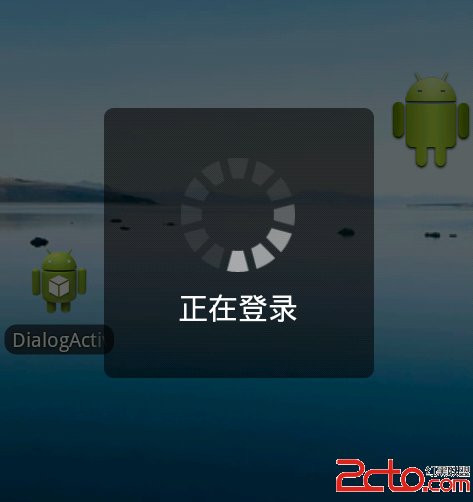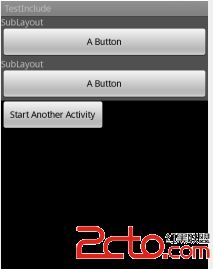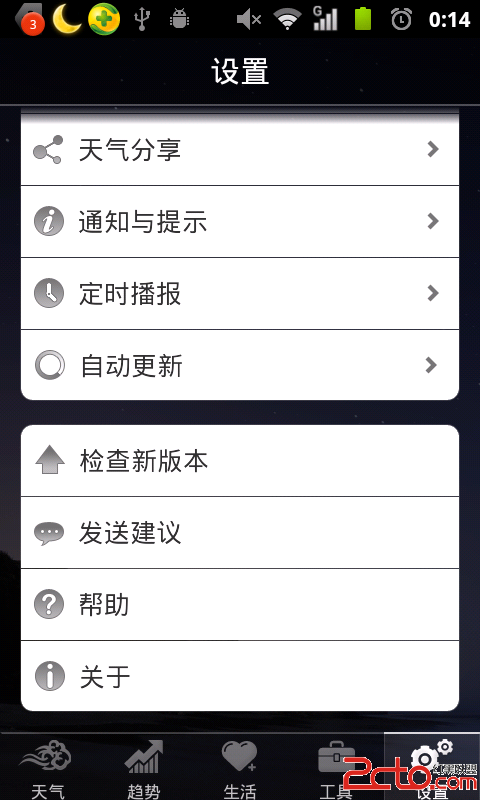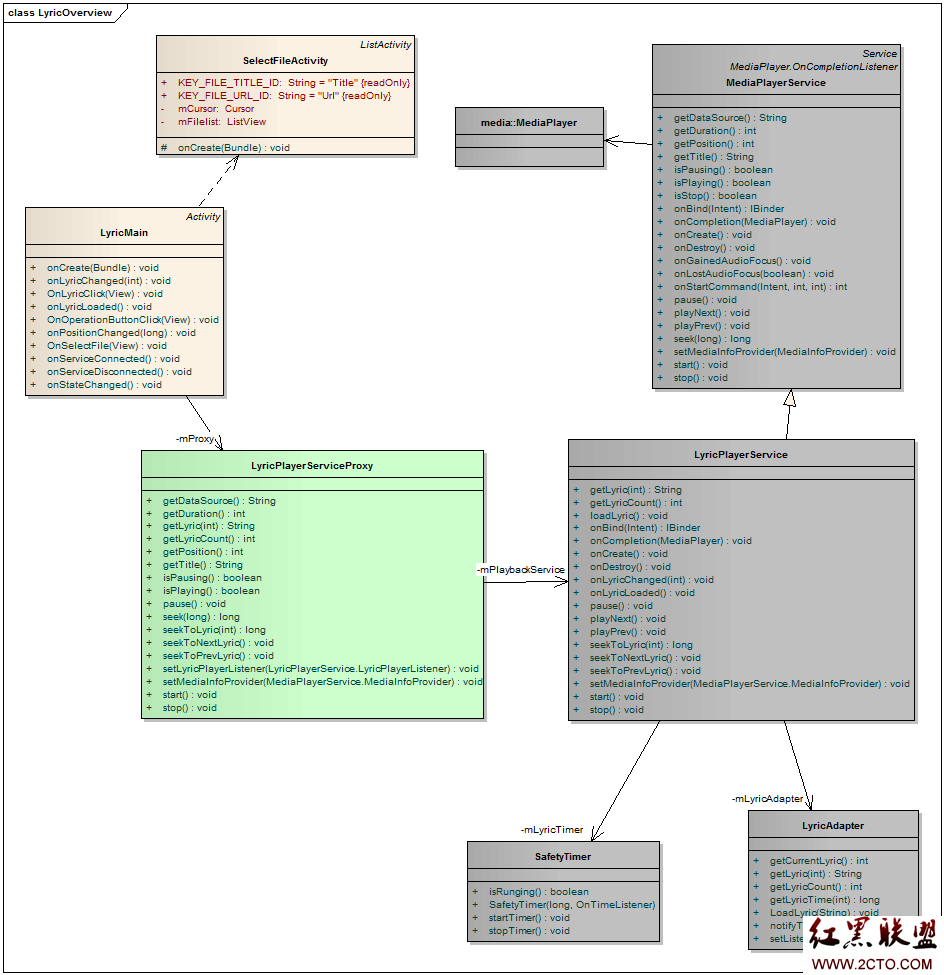Manipulating Broadcast Receivers On Demand 按需操控广播接收
The 易做图st way to monitor device state changes is to create a BroadcastReceiver for each state you're monitoring and register each of them in your application manifest. Then within each of these receivers you simply reschedule your recurring alarms based on the current device state.A side-effect of this approach is that your app will wake the device each time any of these receivers is triggered—potentially much more frequently than required.
A better approach is to disable or enable the broadcast receivers at runtime. That way you can use the receivers you declared in the manifest as passive alarms that are triggered by system events only when necessary.
Toggle and Cascade State Change Receivers to Improve Efficiency
Use can use the PackageManager to toggle the enabled state on any component defined in the manifest, including whichever broadcast receivers you wish to enable or disable as shown in the snippet below:
ComponentName receiver = new ComponentName(context, myReceiver.class);
PackageManager pm = context.getPackageManager();
pm.setComponentEnabledSetting(receiver,
PackageManager.COMPONENT_ENABLED_STATE_ENABLED,
PackageManager.DONT_KILL_APP)
Using this technique, if you determine that connectivity has been lost, you can disable all of your receivers except the connectivity-change receiver. Conversely, once you are connected you can stop listening for connectivity changes and simply check to see if you're online immediately before performing an update and resche易做图ng a recurring update alarm.
You can use the same technique to delay a download that requires higher bandwidth to complete. Simply enable a broadcast receiver that listens for connectivity changes and initiates the download only after you are connected to Wi-Fi.
补充:移动开发 , Android ,




